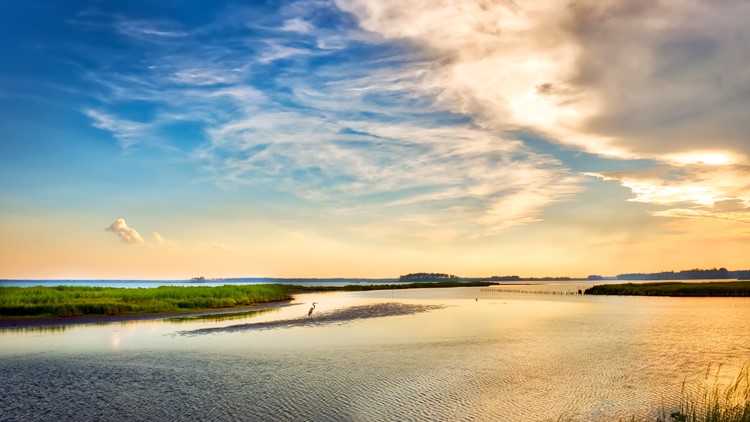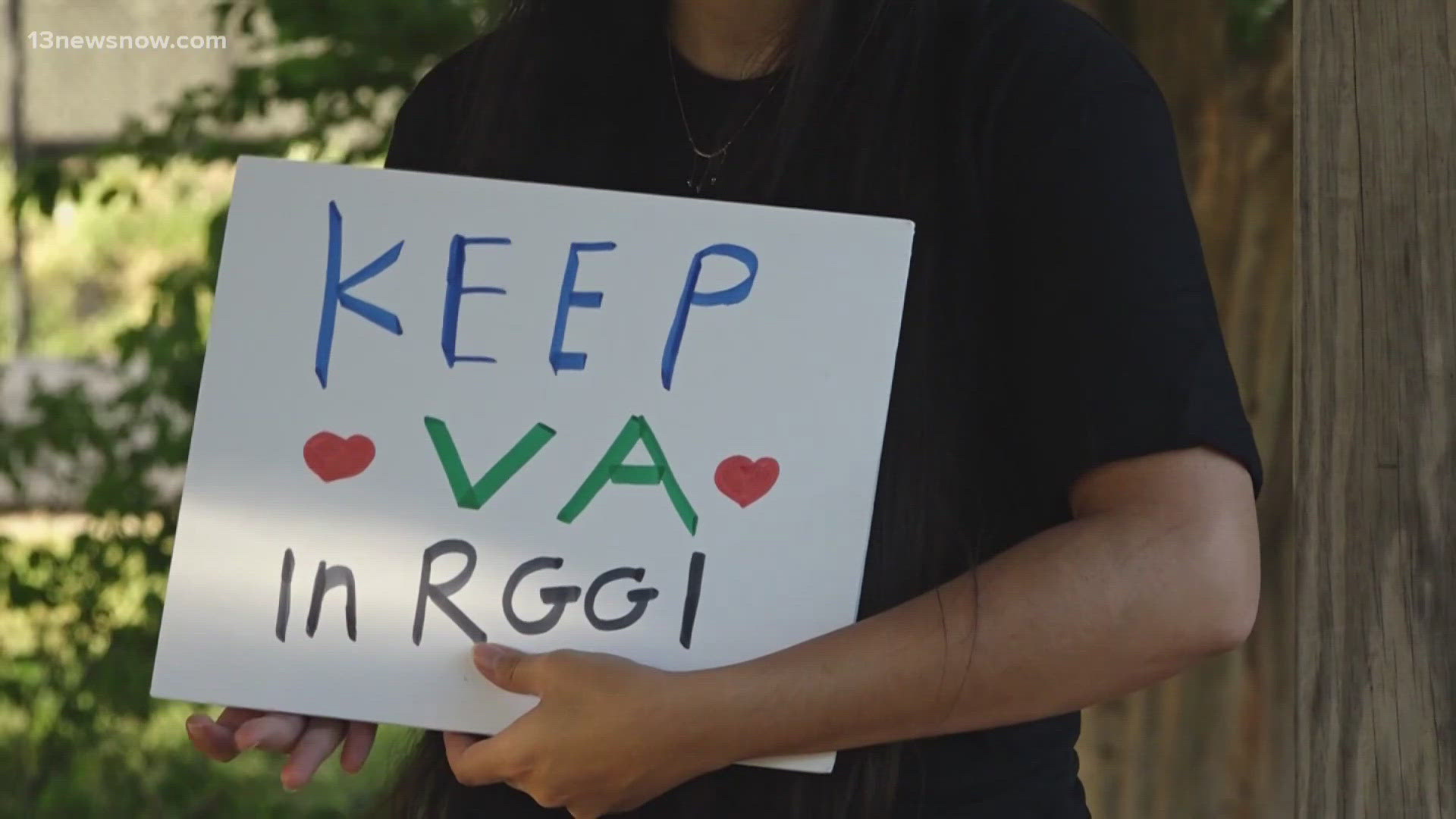VIRGINIA BEACH, Va. — Researchers are predicting the 2023 Chesapeake Bay dead zone to be significantly smaller than the long-term average taken between 1985 and 2022, 33% less to be exact.
The prediction is coming from the Chesapeake Bay Program (CBP), the University of Maryland Center for Environmental Science, the University of Michigan and the U.S. Geological Survey, who will put out a full assessment of the dead zone in the fall.
During the spring and summer months, nutrient pollution increases algae growth, which in turn removes oxygen from the water when algae die off. Environmental scientists have dubbed these low-oxygen sections "dead zones"
"These dead zones can suffocate marine life and shrink the habitat available to fish, crabs and other critters," the CBP explained in a news release.
The large difference in this year's dead zones could be due to a lack of rainfall from November 2022 to May 2023. Less rainfall usually means there are fewer nutrients being washed off of land into the water. Scientists also calculated that there was a significant drop in nitrogen pollution last year as compared to the year before.
Rainfall hasn't been the only factor in the effort to limit nutrient pollution in the bay's watershed, though. According to the CBP, Maryland, Virginia, Pennsylvania, New York, Delaware, West Virginia and Washington, D.C., all implement best management practices to reduce nutrient runoff.
"For the past three years, the Bay’s dead zone has been smaller than the long-term average, indicating progress is being made to manage nutrient pollution," the CBP explained.



